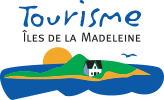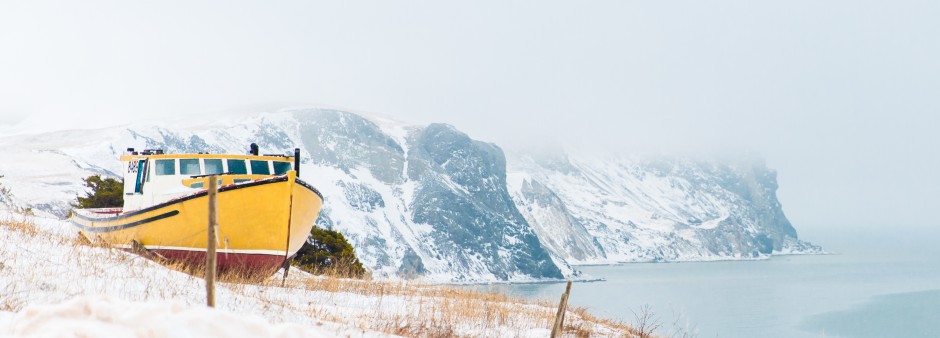


What are we but a storybook? Our name, the way we talk, our perception of the world—it all comes from the people telling those tales and the landscape where they're set. And as those stories unfold, we slowly write our own. To be “a child of Les Îles“ is to grow up wrapped up in layers of legends and hearsay.
The local lore, much like the local language, draws elements from its surrounding environment. In the introduction to his anthology of local legends, Légendes des Îles de la Madeleine, Father Anselme Chiasson points out, for example, how the traditional manifestations of the devil, such as serpents, reptiles and toads, rarely show up in our stories. Since these animals are rather absent from the insular fauna, the devil is instead most often seen under the guise of a horse, a bull, a cat, or a mysterious sea creature.
Even if our legends share some elements with those from other cultures—it's in the nature of tales to be spun into variations—some aspects of those stories are clearly marked by local geography, history, and even personalities. Looking into the legends collected by Father Chiasson, the researcher Karine Vigneau[1] noted how important of a feature the Islanders' sense of humour is to those stories. Our penchant for laughter is clear from the number of funny tales, “liars tales,” farces involving clergy members, and stories featuring the village idiot that are part of our folklore. Speaking of which, I see much creativity and local flavour in some of the choice idioms and litotes used to point out foolishness—such and such wasn't the one who screwed on the lights to the fireflies, and this other one is not dull enough to start a fire, but not sharp enough to put one out either.
It could be said that the natural state of the Madelinots is not to take life too seriously. Even the devil, in our legends, is looked at without much reverence. While many of our tales feature a crafty devil who takes those who offhandedly “speak of the devil” to their word, others paint the portrait of a somewhat dimwitted creature. For example, trying to create the Earth in the image of God, the Devil only managed to fashion a small rocky island, which became the Corps-Mort Island[2].
Born from long winter evenings without much else to do, songs and tales of yore now carry tangible traces of the strong community spirit that inhabits the Islanders. This affection for storytelling is also apparent in our literature, largely influenced by legends, memories and the sea. Thus, just like music, storytelling remains essential to the culture of Les Îles and still holds an important place in today's cultural scene and everyday life.
[1] Karine Vigneau, Aspects du merveilleux dans les contes des Îles-de-la-Madeleine, Master's thesis, Université de Montréal, 2004. Accessible online at https://papyrus.bib.umontreal.ca/xmlui/handle/1866/17224.
[2] This story appears in Father Anselme Chiasson's Légendes des îles de la Madeleine, published through Planète rebelle in 2004.